Ants
Home > Pest Library > Ants
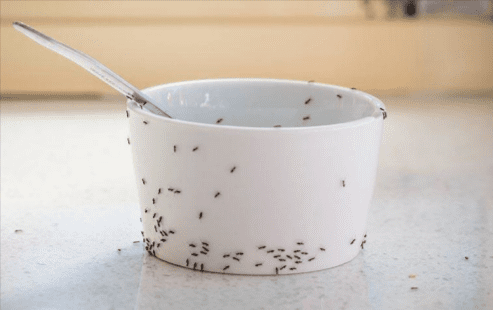
What are ants?
Ants are social insects that are found living all throughout the United States; in Colorado alone, there are over 204 species of ants. Depending on their exact species, these ants will vary in appearance, behavior, food preferences, and habitat. The most common species living throughout our area of Colorado are pavement ants, field ants, cornfield ants, odorous house ants, pharaoh ants and carpenter ants.
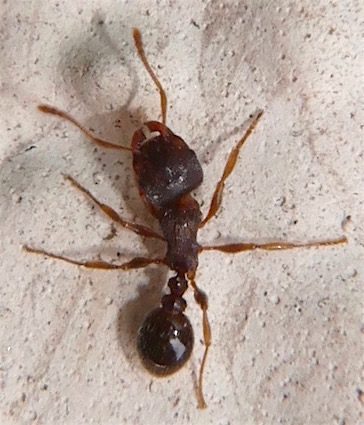
Pavement ants vary in color from pale brown to black, range in size from 2.5mm to 3mm long. They are trailing ants that feed on a variety of foods, including dead insects, greasy foods, seeds, and sweets. They may forage as much as 30ft from their nest. Very often they build their nests along sides of garages and houses, and parts of houses which are constructed on concrete slabs. They may enter homes and businesses through small openings windows and doors, basement walls, or concrete floors. Once inside, they will consume a variety of foods, including dead insects, greasy foods, seeds, and sweets.


Field ants vary in color from brown, black, yellow and red and range in size from 4mm to 9mm long. They build outdoor nests, constructing mounds in the soil anywhere in the lawn or yard. Some species prefer to live under firewood piles, bricks, lawn ornaments, trees, and rocks. They feed on the honeydew produced by aphids and other plant-sucking insects, as well as sugary substances, soft-bodied insects, seed husks, and dead insects. They are typically mistaken for carpenter ants however homeowners will find carpenter ants in porch pillars, windowsills, roofs, and dead trees because they hollow out wood to create their nests. Field ants live in underground tunnel systems in the soil. This means they rarely show up inside homes. However, when the ants do make their way inside, they’re attracted by food sources like trash bins, crumbs, and spilled drinks. Homeowners may notice them on countertops, tables, and windowsills.
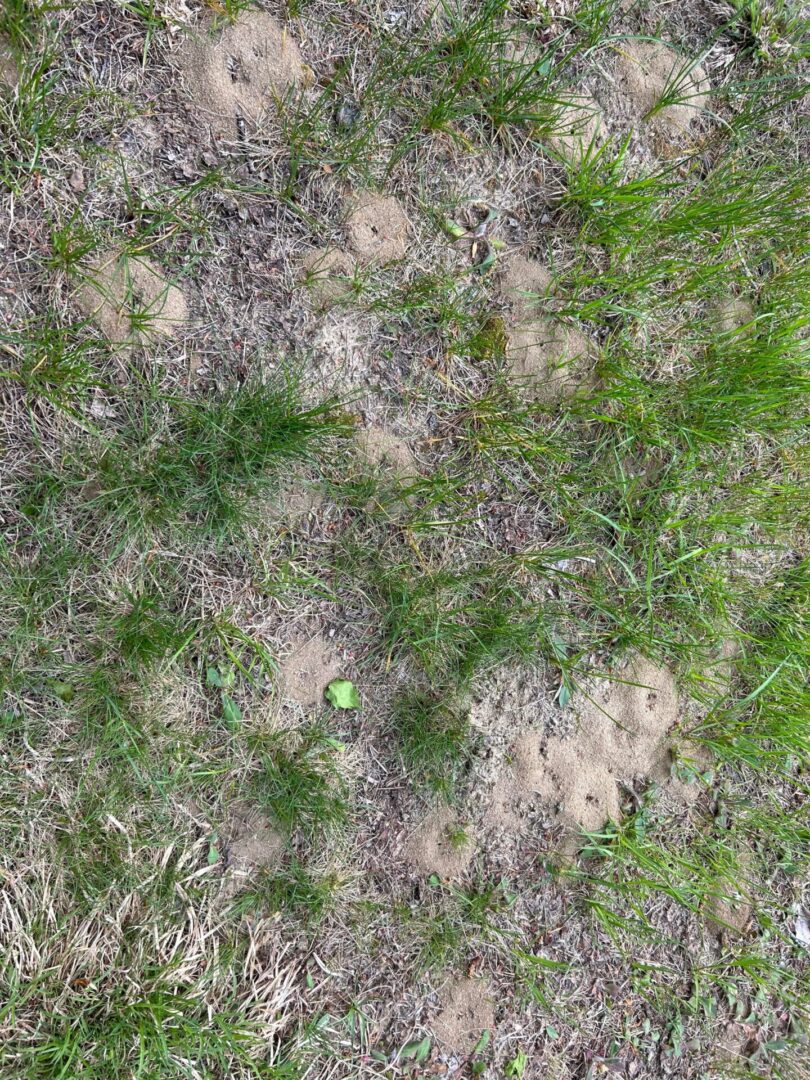

Cornfield ants are light to dark brown in color and relatively large eyes compared to their heads and range in size from 2mm to 3.5mm long. New colonies are formed when mating flights occur in late summer to fall. Eggs are laid and will hatch the next spring. At this time the queen cares for the young until she has a worker caste that can assist and take over the care of the eggs. The life cycle in an established colony takes an average of 3 weeks in the egg stage, in additional 3 weeks in the larval stage, with egg to adult stage being completed in about 4 months during warmer months. They rarely nest inside homes instead they typically nest in soil under stones, bricks, sidewalk cracks as well as inside rotting logs and stumps as well as golf courses and open fields. Property owners should also look for the formation of small craters in their lawns.

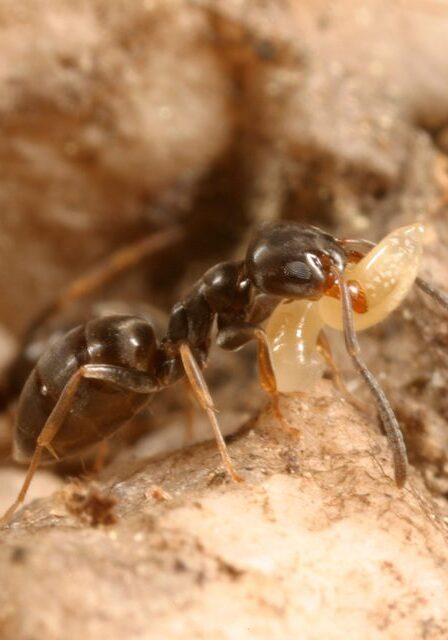
Odorous house ants are very common ants in the United States. They vary in color from black or dark brown and range in size from 2.4mm to 3.3mm long. They let off a distinct rotten coconut smell when crushed. Indoors, odorous house nests can be found inside walls or beneath floors. Outdoors, they build their nests in mild environments like meadows, grasslands, bogs, forests and sandy areas. Their nests can be tucked in shallow soil beneath debris, mulch, leaf litter, boards, stones, and in rotten logs and stumps. Odorous house ants are omnivores, meaning they will eat anything that can be a source of sugar or protein which is basically anything a human eats.

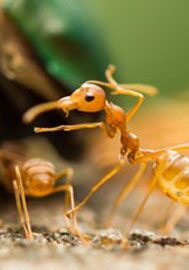
Pharaoh ants vary in color from yellow to light brown, have a darker abdomen, and appear translucent. Pharaoh ants are notorious indoor pests, often unnoticed due to their small size and color. They range in size from 1.5mm to 2mm for workers and 4mm for queens. They mate in their nests and spread by “budding”, i.e., splitting the colony. They lack nestmate recognition so there is no hostility between colonies. A single colony may contain as many as 2,500 workers with nests often including multiple queens, which are capable of leaving their existing colonies to establish new colonies nearby. From syrups to fruits, sweets and desserts, meats and dead insects, they have a wide preference in food. Indoors you’ll find them in wall voids, behind baseboards, in furniture, under floors, and between objects located in warm (80-86°F), humid (80%) areas near sources of food and/or water.
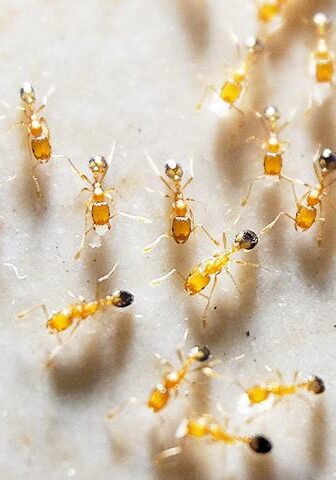
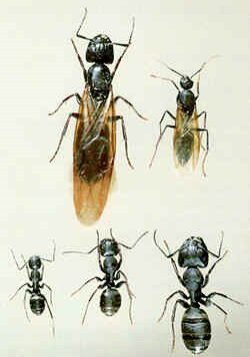
Carpenter ants vary in color from black, combinations of red and black, or completely red. They range in size from 3.5mm to 13mm. They typically nest in moist wood under decks, on porches, around windows, inside roofs, and in other areas which are exposed to the weather. They feed on other insects, both alive and dead, as well as plant nectars and juices, honeydew, syrup, jelly, sugar, salt, fruits, meat, grease, and fat. In the homes, they are attracted to meats, sugar, honey, jelly, grease spills and pet food. They usually enter homes and other buildings through cracks and other openings in the foundation or along tree branches abutting the roof. Renowned excavators, carpenter ants use their powerful jaws to loosen and remove wood debris when tunneling or building nests. This means chewing through damaged wood in the home, and hollowing out decorative and structural material, potentially causing huge damage. When they chew on the wood, they also discard the shavings, which pile up like sawdust beneath the entrance hole of the nest.
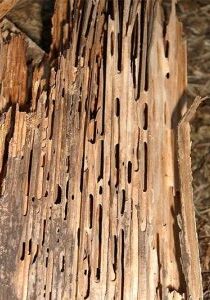
Are ants dangerous?
Most species of ants that invade our homes such as pavement ants and odorous house ants are considered nuisance pests and are not harmful. In contrast, many species of ants such as Carpenter ants and Pharaoh ants are more than just a nuisance and pose a potential danger to you or your property. Carpenter ants cause costly structural damage and Pharaoh ants carry and spread a variety of dangerous diseases.
Why do I have an ant problem?
If you are experiencing a problem with ants in your home or business, it's because your property is providing a suitable environment for them to live, feed, and nest. Ants are highly attracted to food sources and nesting sites, and things such as compost bins, decaying wood, garden areas, open trash cans, and pet food will all attract ants initially. Once they begin foraging for food on your property or in your home, these pests will most likely create nesting sites near their newfound sources of food.
Where will I find ants?
Outdoors, ants build their nests along the perimeter of foundations, along sidewalks, in driveways, in tree stumps, in woodpiles, under fallen trees, or underground. Inside, ants' nest in hard-to-reach areas that are near food sources. Common nesting sites are above ceilings, behind large appliances, behind walls, in crawlspaces, inside insulation, near heating systems, or under floorboards; carpenter ant nests are typically found inside of the structural wood of your home or commercial property.
How do I get rid of ants?
The best way to eliminate ants from your Colorado property is to partner with a local pest control expert. At Affordable Pest Control, we are committed to providing each of our customers with superior pest control services to meet their individual needs. Our experienced and knowledgeable technicians always perform the most advanced, effective services. To learn more about working together to rid your home or business of ants and other household pests, contact Affordable Pest Control today!
How can I prevent ants in the future?
The following tips can help you to protect your home or business from becoming overrun with ants:
- Regularly wash dishes, vacuum floors, wipe down counters and tables, and take out the trash.
- Cut bushes, shrubs, and tree branches away from the exterior of your home or business.
- Collect any fallen fruits and vegetables in garden areas.
- Pick up leftover pet food between feedings.
- Store any food in the refrigerator or in air-tight containers.
- Keep tight-fitting or locking lids on outdoor trash cans and compost bins.
- Leave a barrier of stone or rock between mulch, soil, or grass and the foundation of your home or business.
- Use dehumidifiers, fix leaky pipes, and maintain downspouts and gutters to reduce moisture levels on your property.
Request Your Free Inspection
Complete the form below to schedule your no obligation inspection.
